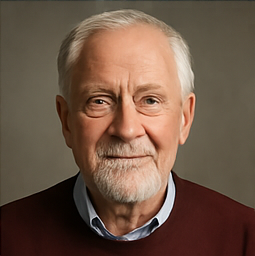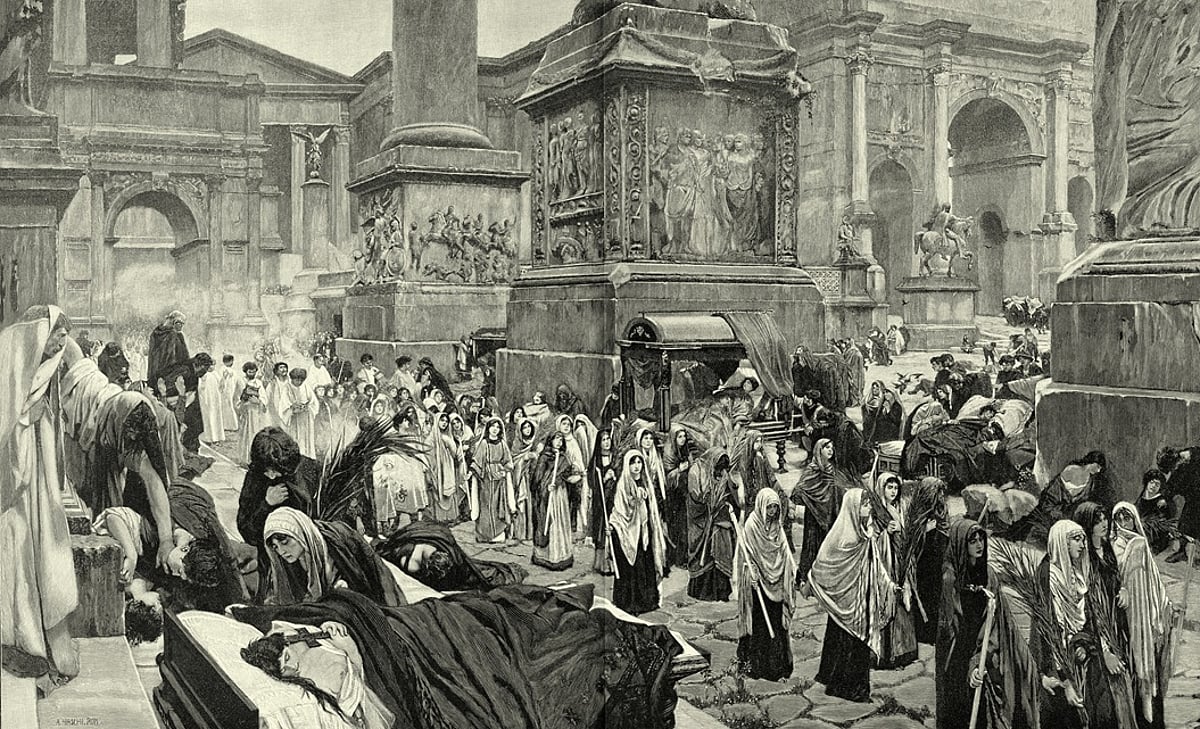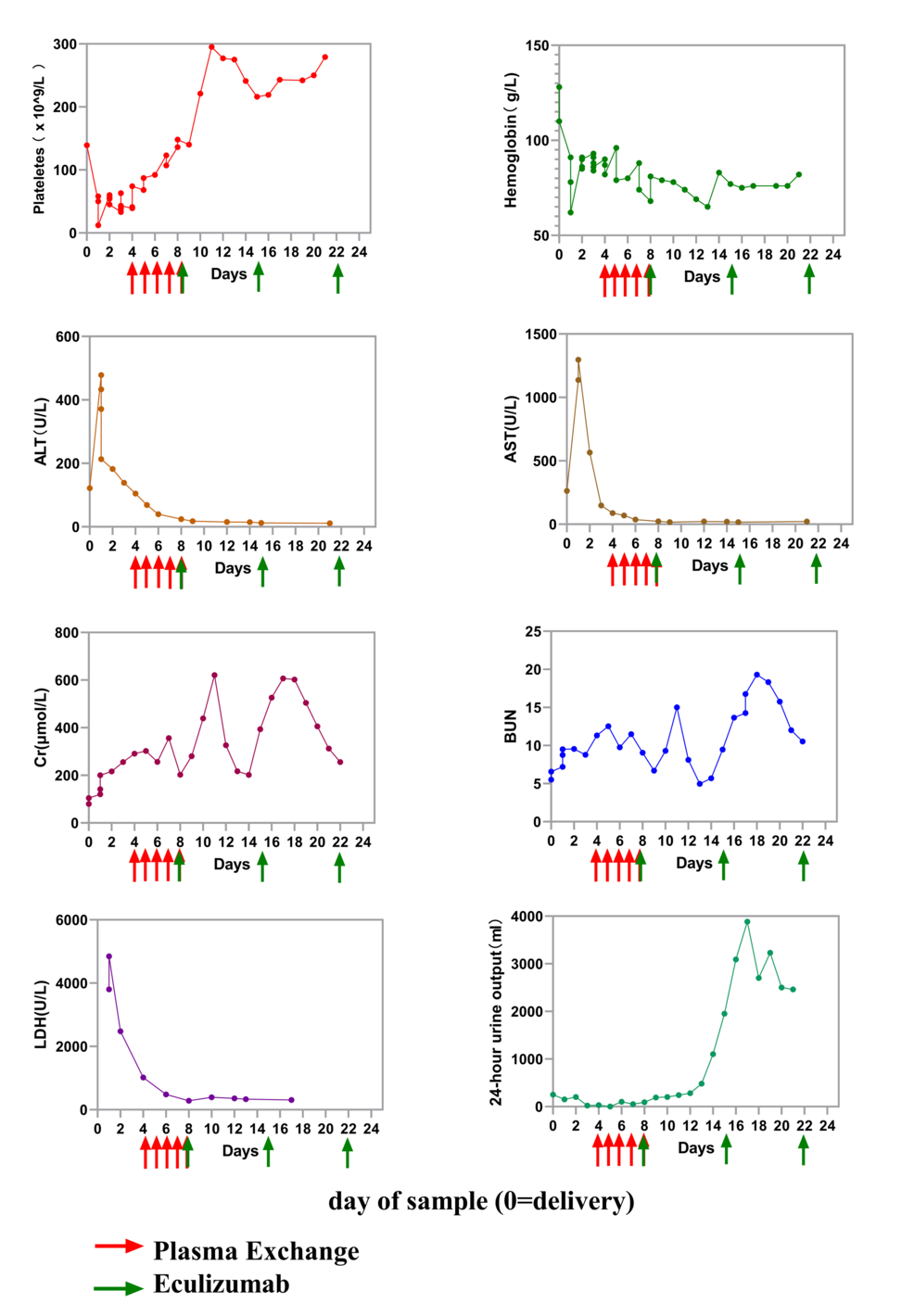The Promising Future of Oxygen Therapy: Bryan Johnson's Journey to Reversing Aging

What is oxygen therapy? In recent discussions surrounding innovative health treatments, oxygen therapy—specifically hyperbaric oxygen therapy (HBOT)—has garnered significant attention. This therapy involves breathing pure oxygen in a specially designed pressurized chamber, which allows oxygen to dissolve more effectively into the bloodstream, enabling it to reach tissues that may be deprived of this essential element.
How does HBOT work on the body? The benefits of HBOT are becoming increasingly documented in scientific literature. Some of the key physiological enhancements reported include:
- Increased production of stem cells: These cells play a critical role in regenerating damaged tissues and promoting healing.
- Reduced inflammation: This therapy has shown potential in alleviating inflammation across various organs, which is crucial for maintaining overall health.
- Improved mitochondrial function: This enhancement boosts cellular energy, leading to better organ performance.
- Enhanced cognitive performance: Users have reported improved mental clarity and focus.
- Potential telomere extension: Telomeres are protective caps on DNA that tend to shorten with age; some studies suggest HBOT may help extend these caps.
As for Bryan Johnson’s results—are they hype or hope? Johnson, a tech entrepreneur and self-styled biohacker, claims that through a rigorous regimen of 90 days of HBOT, he has rejuvenated his biological age to that of a 10-year-old. Known for investing millions annually in anti-aging interventions through his Blueprint project, Johnson’s claims are both fascinating and controversial. He asserts that this venture has led to improvements in skin health, a reduction in biological markers of aging, enhanced lung capacity, better cardiovascular performance, and improved cognitive function alongside sleep quality.
But is it safe and effective for everyone? While Johnson's remarkable transformation has captured the public's imagination, medical experts advise caution. Although HBOT is FDA-approved for various medical conditions—including carbon monoxide poisoning and non-healing wounds—its long-term effects and safety in anti-aging treatments are still under investigation. Experts highlight potential risks, such as oxygen toxicity, barotrauma (pressure-related injuries), and visual disturbances from prolonged exposure to high-pressure oxygen.
A glimpse into the future? Imagine waking up with the energy levels and organ functions of a decade younger. This tantalizing prospect has sparked a deeper inquiry into the nature of aging itself. Dr. Shai Efrati, a leading figure in HBOT research, argues that with appropriate protocols and patient selection, HBOT could one day be broadly utilized to slow biological aging. However, he emphasizes the need for more robust peer-reviewed studies before it can be widely recommended.
Johnson’s experiment opens up intriguing possibilities in the realm of anti-aging and longevity science. It prompts a reevaluation of traditional assumptions about aging as a linear and irreversible process, suggesting that we might not only delay aging but potentially reverse certain biological markers with the right tools.
While Johnson's story is captivating, it is essential to distinguish between anecdotal successes and scientific consensus. The notion of achieving the biological age of a child at midlife may be alluring, yet the reality is far more complex. Oxygen therapy, particularly HBOT, offers hope but is still not a miracle solution. Johnson’s journey serves as a fascinating entry point into a future where the biology of aging may be more negotiable than previously thought.


























